Facing high gasoline prices, many people are struggling with how to save fuel. In reality, there are daily driving habits that unintentionally waste more gasoline than most people realize.
Driving Habits That Help Save Gas
Check the list below to identify and change your habits to save as much as possible for yourself and your family!
For Cars
1. Unstable Driving
Drive steadily, maintain a consistent speed, and avoid sudden braking while driving.
Frequent acceleration and deceleration or abrupt speed changes can lead to higher fuel consumption. Additionally, continuous and repetitive braking can significantly affect the lifespan of the braking system.
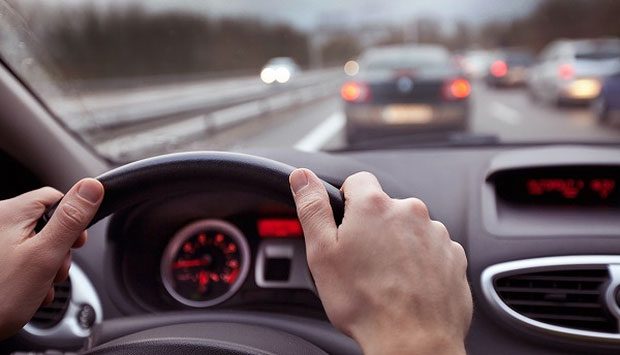
Irregular acceleration and sudden braking while driving will cause more fuel consumption than usual. (Illustrative Image)
To achieve this, you need to observe and focus while driving, maintain a safe distance from vehicles ahead, and avoid congested roads.
Moreover, when stopping for a short period, around a few minutes, it is best not to turn off the engine. Restarting the engine after a brief stop can consume more fuel.
2. Driving Too Slowly
Many people mistakenly believe that driving slowly will save fuel; however, this practice can be counterproductive.
According to industry experts, the ideal speed for optimizing fuel efficiency in cars is approximately 50 – 80 km/h.
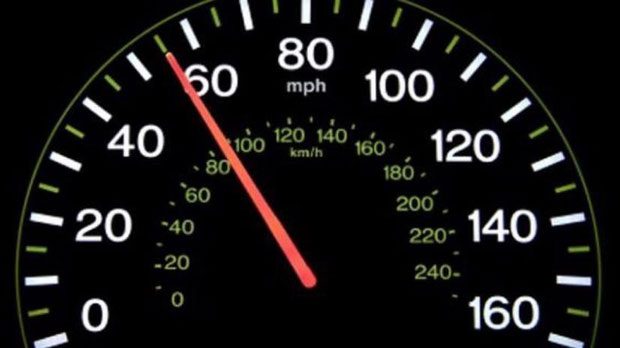
The ideal speed for optimizing fuel efficiency is 50 – 80 km/h. (Illustrative Image)
Additionally, when accelerating, do not do so abruptly. This can inadvertently burn more fuel and increase tire wear. Accelerate gradually instead.
At this point, the vehicle will only use the necessary amount of fuel to reach cruising speed.
3. Overloading
Each vehicle is designed with a specific load capacity, and drivers should not carry more weight or passengers than that limit. The lighter the vehicle, the lower the fuel consumption.
Therefore, clean out your vehicle and remove unnecessary heavy items that have been “forgotten” for a long time to avoid unnecessary increases in vehicle weight.
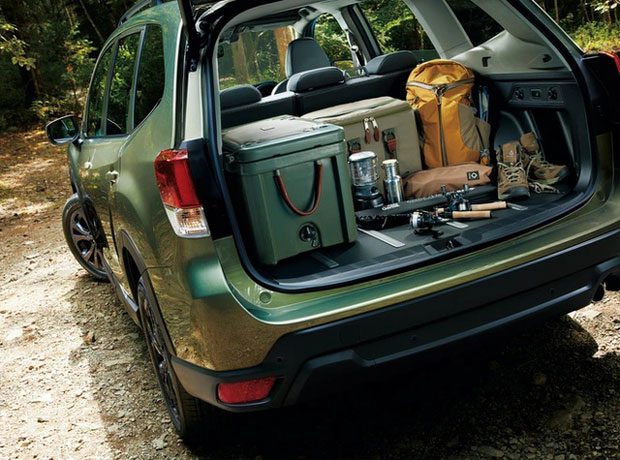
Cleaning your vehicle to remove unnecessary heavy items will help save fuel. (Illustrative Image)
Carrying the appropriate number of passengers according to the vehicle’s load capacity not only saves fuel but also helps you avoid unfortunate fines.
4. Incorrect Refueling
It is unnecessary to wait until the tank is completely empty to refuel, nor do you need to refuel immediately when you have just consumed a small amount of fuel.
Experts suggest considering refueling when the tank is about one-third full.
5. Neglecting Vehicle Maintenance
Another common habit is that many people often skip vehicle maintenance because they believe their vehicle is still in good condition and has not experienced any breakdowns.
In reality, over time, some important parts of the vehicle will degrade, reducing efficiency and leading to higher fuel consumption.
This could be spark plugs, tires, air filters, etc. When the air filter is dirty, the vehicle may consume more fuel than usual. For tires, it is essential to ensure they are neither under-inflated nor over-inflated.
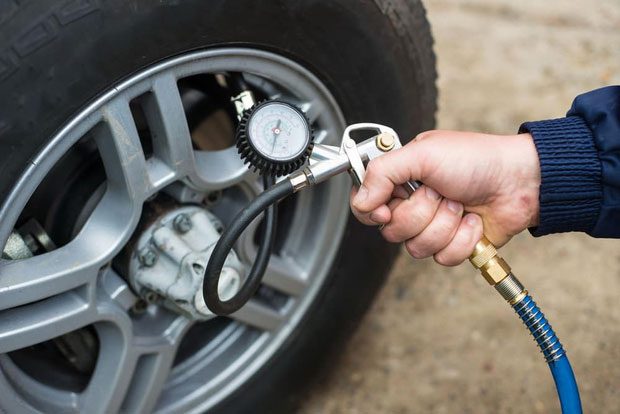
Tires should not be under-inflated or over-inflated; they need to be inflated to the recommended standards for safe and fuel-efficient operation. (Illustrative Image)
Under-inflated tires will make it difficult to move, while over-inflated tires will create more rolling resistance and cause excessive tire wear due to friction. Therefore, inflate tires to the standard pressure recommended by the manufacturer.
Thus, maintain your vehicle every 3000 km or every 3 – 4 months of domestic use. If you notice any issues, even minor ones, with your “beloved ride,” take it to a maintenance center immediately.
For Motorcycles
For motorcycles, the methods are similar to those for cars. However, each habit has specific adjustments to suit this two-wheeled vehicle.
1. Not Turning Off the Engine When Stopping
When stopping, even for a quick stop, over 30 seconds, turn off the engine. This is completely contrary to cars.
The habit of not turning off the engine at red lights wastes fuel and harms the environment. Leaving the engine running for about 30 seconds to 1 minute can consume fuel equivalent to driving 1 km.
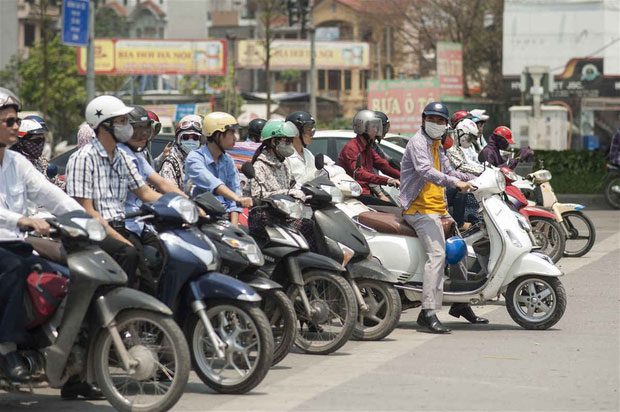
Unlike cars, when stopping for over 30 seconds, turn off the engine to save fuel and protect the environment. (Illustrative Image)
Therefore, when stopping to do any task that takes more than 30 seconds, it is better to turn off the engine and restart it when resuming your journey.
This process will not take much time and will help you save more fuel than if you don’t turn it off.
2. Not Using the Correct Gear, Irregular Throttle
Similar to cars, maintaining a steady throttle while riding a motorcycle greatly affects fuel savings.
- For Automatic Motorcycles: It is best to maintain a steady throttle, avoid sudden acceleration or deceleration, and keep the throttle at a stable level. Avoid operating too fast or too slow, which wastes fuel.
- For Manual Motorcycles: Avoid using both throttle and brake simultaneously. Use the appropriate gear for the speed: choose a lower gear for slow speeds and a higher gear for faster speeds.
3. Riding Immediately After Starting the Engine
Many people have the habit of rushing to move as soon as they start their motorcycle. However, change this habit as follows:
- Keep the throttle for about 60 – 90 seconds before riding
- This allows oil to be pumped to the engine
- Helps lubricate the parts and ensures better combustion of the fuel.
After starting the engine, do not move immediately; wait for a certain period. (Illustrative Image)
If you ride immediately after starting, the parts may not have enough oil, leading to quicker wear. Additionally, the fuel may spray more but combust poorly, resulting in lower efficiency and higher fuel consumption.
Currently, some newer motorcycle models are equipped with warning lights that activate when the engine is started. The light will illuminate when you start the engine and turn off when the vehicle is ready to move.
4. Overloading
When you carry too much weight on the motorcycle, the engine has to “work harder.” This leads to higher fuel consumption.
Carrying excessive weight for extended periods not only wastes fuel and increases costs but also affects the lifespan of the vehicle.
5. Not Performing Regular Maintenance
It is recommended to perform regular maintenance on motorcycles every 6 months to ensure that all parts of the vehicle operate optimally and do not affect the overall operation of the vehicle.
Regular maintenance and checks will help detect any internal faults or issues promptly, ensuring smooth and durable operation. This will optimize fuel consumption.
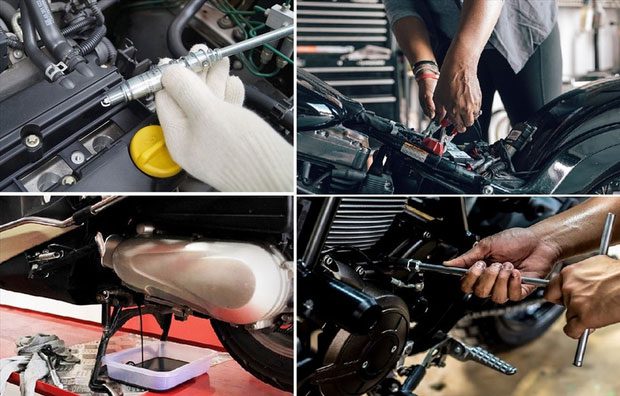
Regular maintenance of motorcycles every 6 months to ensure all parts operate well and do not affect the overall operation of the vehicle. (Illustrative Image)
Oil and tires are the two most important components to pay attention to.
For oil, you should change it when you reach 1500 – 2000 km of travel.
For tires, they should be inflated to standards similar to those of cars. Incorrectly inflated tires can cause a vehicle to consume significantly more fuel than normal. Additionally, regularly checking tire pressure and replacing tires in a timely manner can help avoid unexpected incidents while traveling.



















































